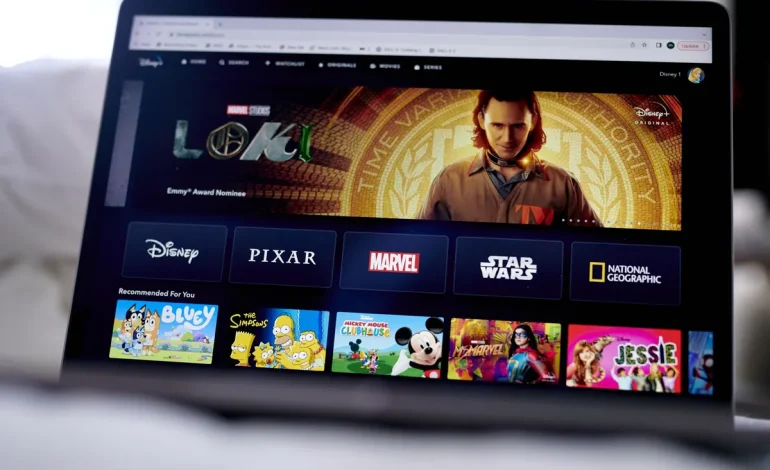Disney’s bold investment in streaming is turning a corner, with the entertainment giant forecasting $1 billion in operating earnings from its streaming platforms in the fiscal year ahead, Bloomberg reports.
The ambitious target comes on the heels of a transformative year where Disney+ and its streaming siblings, Hulu and ESPN+, achieved profitability for two consecutive quarters—marking a turning point in Hollywood’s digital evolution.
Disney’s direct-to-consumer division earned $321 million in the final quarter of its fiscal year, surpassing the profits from its celebrated film division, which brought in $3 billion in global box office hits like Inside Out 2 and Deadpool & Wolverine. Over the past year, streaming revenue for Disney has even eclipsed its combined revenue from theatrical films and traditional TV.
“This marks a pivotal moment,” noted Geetha Ranganathan, an analyst with Bloomberg Intelligence.
Despite incurring $2.5 billion in losses for fiscal 2023, Disney’s streaming division has finally turned a profit.
Disney attributes this milestone to a combination of strategic moves:
- Higher Subscription Prices: Price hikes on ad-free versions of Disney+ and Hulu have driven subscribers to more profitable, ad-supported tiers. Globally, 30% of Disney’s streaming subscribers now opt for ad-supported plans, a figure that rises to 37% in the U.S.
- Advertising Growth: Increased advertising sales on its platforms have bolstered profit margins.
- Password-Sharing Crackdown: Tighter controls on password-sharing aim to boost subscriber counts and revenue.
- Cost Efficiency: Cuts in film and TV production are also helping to streamline expenses.
Chief Financial Officer Hugh Johnston called streaming a “terrific future” for Disney, adding that these measures are designed to grow margins while maintaining subscriber engagement.
Looking ahead, Disney plans to launch a new sports streaming service, informally called ESPN Flagship, in fiscal 2025. This initiative will expand Disney’s digital footprint and cater to the growing demand for live sports content.
To enhance the technology behind its streaming platforms, Disney has brought in Adam Smith, a former YouTube executive, as its new chief technology officer.
While Disney has made remarkable progress, challenges remain. The company acknowledged that its streaming operating margin won’t hit 10% until fiscal 2026, still lagging behind Netflix’s profitability. Additionally, legacy media companies continue to grapple with declining revenues from traditional TV.
Warner Bros. Discovery and Paramount Global also reported streaming profitability last quarter, but their traditional cable TV networks have suffered significant financial losses. NBCUniversal’s Peacock, meanwhile, remains in the red, posting a $436 million loss last quarter.
Disney is maintaining its traditional TV business as a “natural hedge” to streaming. While CEO Bob Iger had previously considered selling off linear TV assets, he now sees their value in providing live programming that attracts a “differentiated audience.”
“The combination of both is working for us,” Iger told investors.









